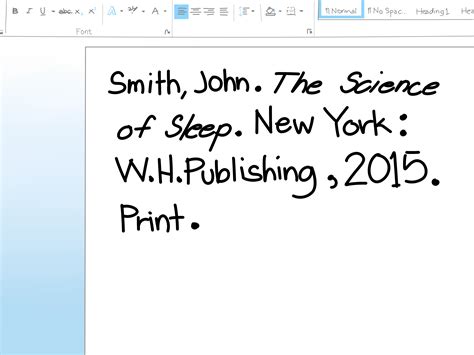How to Properly Cite a Book: A Comprehensive Guide
Citing sources correctly is crucial for academic integrity and avoiding plagiarism. This guide will walk you through the process of properly citing a book, covering different citation styles and providing clear examples. Understanding how to cite a book correctly will significantly improve the credibility of your work and protect you from academic penalties.
Understanding Citation Styles
Different academic disciplines and publications prefer different citation styles. Some of the most common include:
- MLA (Modern Language Association): Primarily used in the humanities.
- APA (American Psychological Association): Commonly used in social sciences and psychology.
- Chicago/Turabian: Offers both a notes-bibliography and author-date system, frequently used in history and other fields.
Choosing the correct style is paramount. Always check the specific requirements of your instructor or publication.
Key Elements for Book Citations
Regardless of the style, most book citations require these core elements:
- Author's Name: Last name, followed by a comma and first name (or initials). If there are multiple authors, list them in the order they appear on the title page.
- Book Title: Italicize the book title.
- Publisher: The name of the publishing company.
- Publication Year: The year the book was published.
- Publication City: The city where the book was published (sometimes state or country is also needed).
Example Citations in Different Styles
Let's use the following example book to illustrate how to cite it in different styles:
Book: The Power of Habit by Charles Duhigg, published in 2012 by Random House in New York City.
MLA Citation:
Duhigg, Charles. The Power of Habit: Why We Do What We Do in Life and Business. Random House, 2012.
APA Citation:
Duhigg, C. (2012). The power of habit: Why we do what we do in life and business. Random House.
Chicago/Turabian (Author-Date):
Duhigg, Charles. 2012. The Power of Habit: Why We Do What We Do in Life and Business. New York: Random House.
Chicago/Turabian (Notes-Bibliography):
- Charles Duhigg, The Power of Habit: Why We Do What We Do in Life and Business (New York: Random House, 2012).
Handling More Complex Cases
Certain scenarios require additional information in your citations:
Multiple Authors: List all authors in the order they appear on the title page, separating names with commas. Use an ampersand (&) before the last author's name in MLA and APA styles.
Editors Instead of Authors: If citing an edited collection, use "Edited by" followed by the editor(s)' names.
Editions Other Than the First: Include the edition number after the title (e.g., 2nd ed.).
Translations: Include the translator's name after the title (e.g., Translated by John Smith).
Beyond the Basics: In-text Citations
In addition to the bibliographic citation, you also need in-text citations to show where you've used information from the book. The specific formatting of in-text citations varies across styles.
Example (MLA): (Duhigg 123) This refers to page 123 of Duhigg's book.
Example (APA): (Duhigg, 2012, p. 123)
Utilizing Citation Management Tools
Managing citations, especially for multiple sources, can be challenging. Citation management tools like Zotero, Mendeley, and EndNote can help automate the process and ensure accuracy. These tools can help format your citations and even generate bibliographies automatically.
Conclusion
Mastering the art of citing books correctly is vital for academic success and ethical research. By understanding the different citation styles and incorporating the key elements mentioned above, you can confidently and accurately cite your sources, strengthening your work and avoiding plagiarism. Remember to always double-check your citations against the specific style guide required for your assignment or publication.
